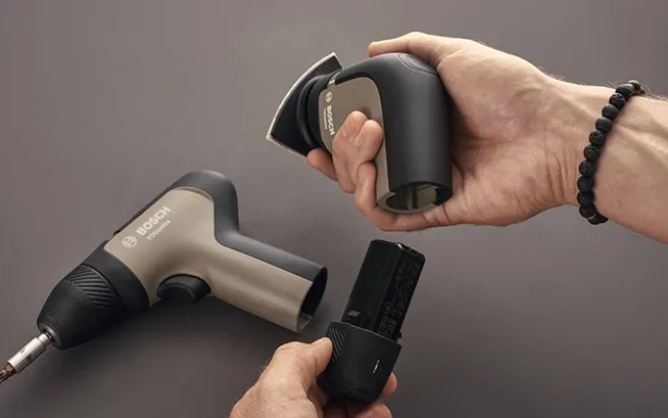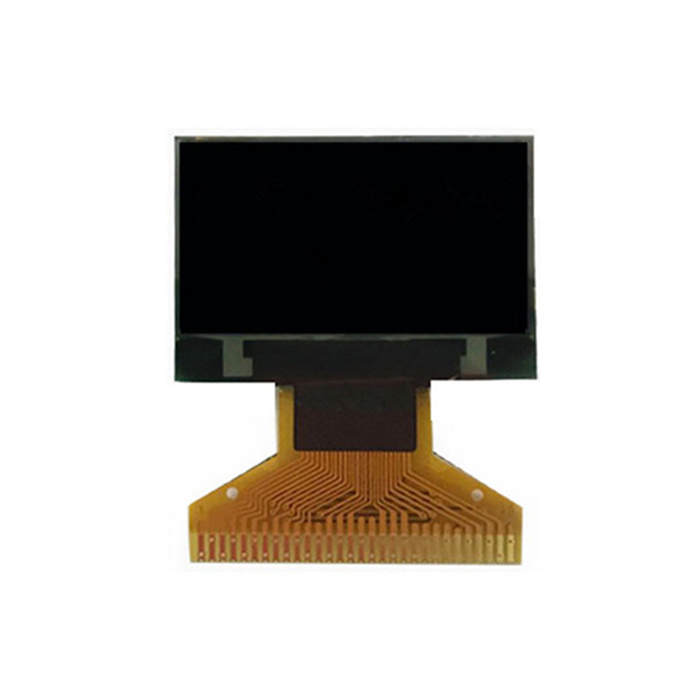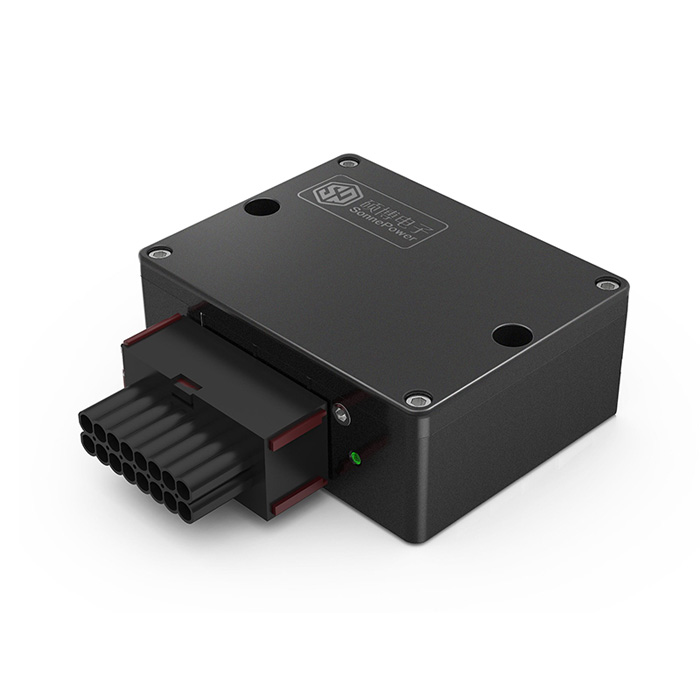Control Pressure Valve vs. Relief Valve: Key Differences Explained
Link to SUPCON
What is a Control Pressure Valve?
A control pressure valve is an essential component in hydraulic and pneumatic systems, designed to manage and maintain specific pressure levels within these systems. It regulates the pressure of the fluid, ensuring that the system operates within its designated parameters. By controlling the flow of fluid, the valve can maintain the pressure at the required setpoint, allowing for smooth operation of connected machinery and equipment.
What is a Relief Valve?
A relief valve, on the other hand, functions as a safety device in hydraulic and pneumatic systems. Its primary purpose is to prevent overpressure conditions that could lead to system failures or damage. When the pressure in the system exceeds a predetermined threshold, the relief valve opens to divert excess fluid, thereby reducing the pressure back to a safe level. This mechanism protects equipment and personnel from the dangers associated with high-pressure occurrences.
Key Differences Between Control Pressure Valves and Relief Valves
Understanding the differences between control pressure valves and relief valves is crucial for selecting the right component for a specific application. Here are some key distinctions:
Functionality
The primary difference lies in their functionality. Control pressure valves are designed to maintain a specific pressure, whereas relief valves are intended to release excess pressure. In summary, control valves focus on regulation while relief valves prioritize safety.
Operation
Control pressure valves operate continuously during routine conditions, adjusting as necessary to maintain set pressure levels. Relief valves, however, activate only when there is an overpressure, thereby functioning as a fail-safe mechanism. This difference means relief valves are seldom in operation, making them crucial for immediate pressure crises.
Installation Location
In terms of installation, control pressure valves are typically positioned within the flow path of the machinery to regulate pressure actively. Relief valves are usually placed at strategic points of the system, such as near pumps or compressors, to safeguard against pressure spikes.
Recommended article:How to Choose a Control Pressure Valve?
Impact on System Performance
How do Mist Eliminators work in industrial applications?
What is precision surface finishing?
What are the benefits of using a Volvo Diesel Engine?
Can Plastic Be CNC Machined?
What are the application fuilds of rapid prototyping process?
What is precision surface finishing?
Control pressure valves can enhance system performance by optimizing fluid dynamics for better efficiency and responsiveness. In contrast, relief valves ensure reliability by mitigating risks associated with pressure surges, thereby safeguarding the integrity of the entire hydraulic or pneumatic system.
Applications of Control Pressure Valves
Control pressure valves are widely used in industrial applications that require precise pressure management. Industries like manufacturing, automotive, and energy generation often rely on these valves to ensure machinery operates at optimal conditions. They are crucial for applications ranging from hydraulic lifts to advanced pneumatic systems, effectively monitoring and maintaining consistent pressure levels.
Applications of Relief Valves
Relief valves are indispensable across various industries, primarily used in safety-critical applications. They are common in oil and gas operations, chemical processing, and water management systems. Their role in preventing catastrophic failures makes them essential in maintaining safe operating conditions, protecting not only equipment but also the safety of personnel involved in manufacturing and processing activities.
Choosing Between Control Pressure Valves and Relief Valves
When determining whether to use a control pressure valve or a relief valve, consider the specific needs of your application. If your project requires precise pressure regulation, a control pressure valve is appropriate. However, for safeguarding against potential overpressure scenarios, a relief valve is a must-have. In many cases, the two types of valves can work together to enhance both performance and safety.
Conclusion
In conclusion, while control pressure valves and relief valves both play vital roles in hydraulic and pneumatic systems, their functions, operation, and impact on system performance greatly differ. Understanding these differences allows engineers and operators to select the right valve for their applications. For further inquiries or assistance, feel free to contact us.
If you want to learn more, please visit our website.
Recommended article:What are Radiant Tubes?
What are the advantages of Spiral Bevel Gears?
What are the common types of bearings used in electric motors?
What is a CAN Bus Display and how does it work?
How many years do bellow seal valves last?
When did John Cena start filming The Marine?
What causes spiders to come in the house?




